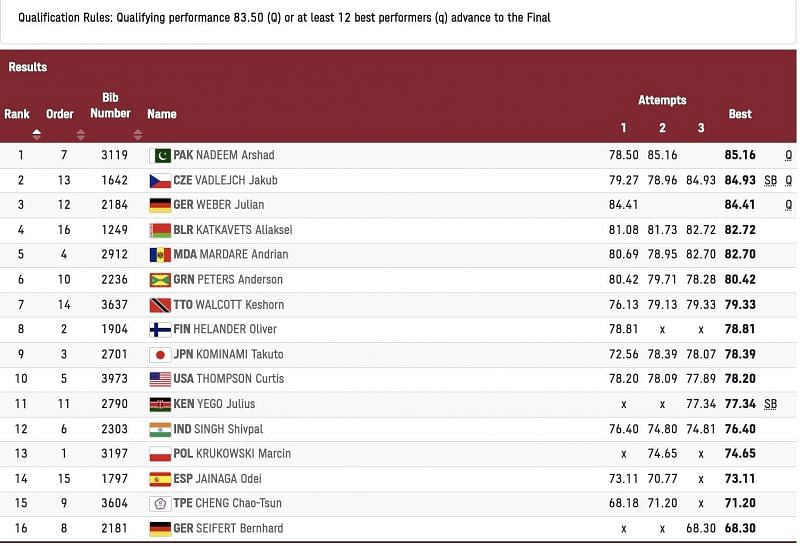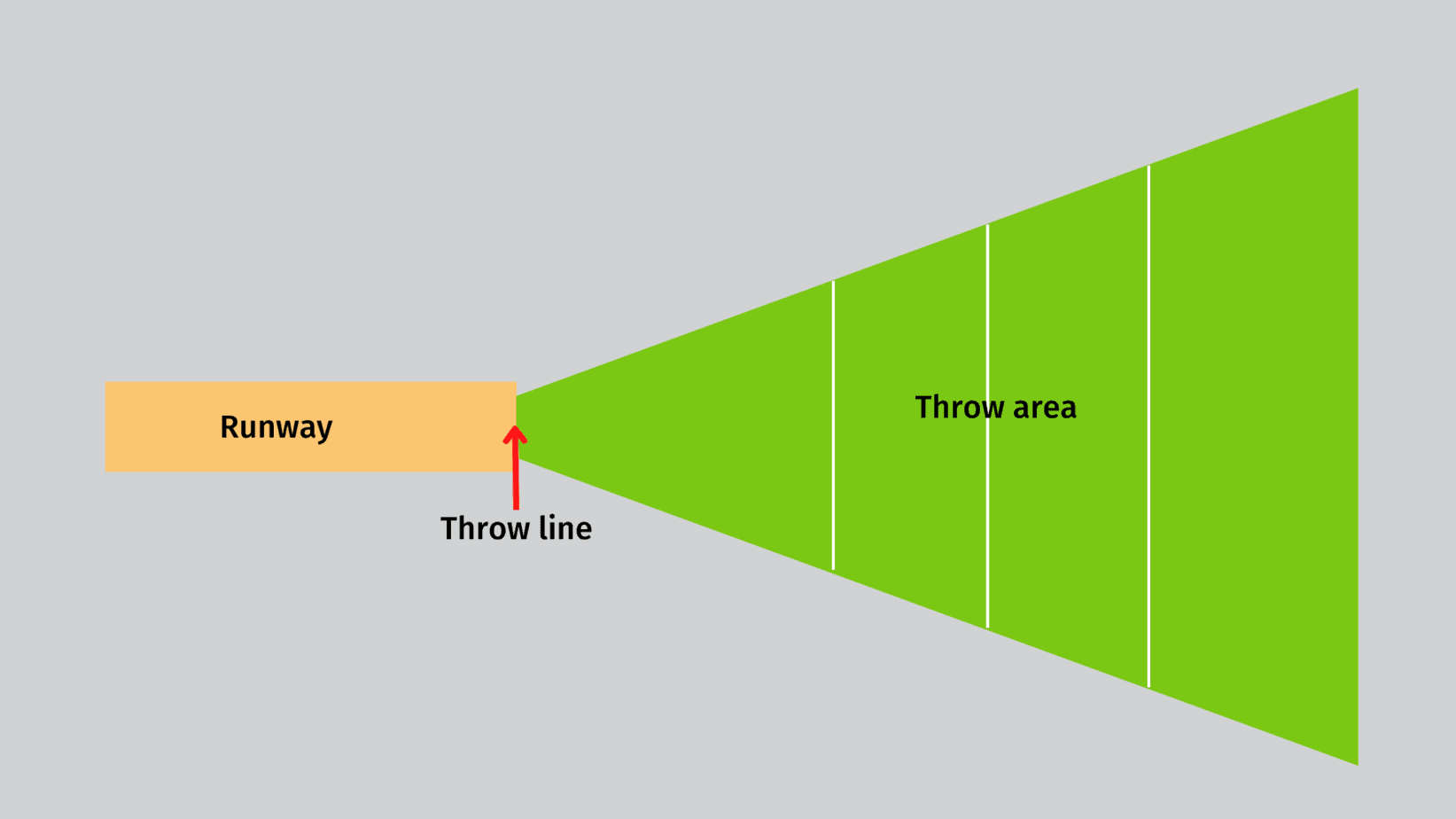The Javelin Throw at the Summer Olympics

The javelin throw is a track and field event where athletes compete to throw a spear-like implement, the javelin, as far as possible. The event is a staple of the Summer Olympics, having been contested since the inaugural Games in 1896.
Rules and Scoring System
The javelin throw is governed by a set of rules that ensure fairness and safety. Athletes must follow specific techniques to ensure a valid throw. The javelin must be held by the grip, which is marked on the javelin, and thrown overhand. The throw is measured from the point where the javelin lands to the point where it was released. The athlete’s score is based on the length of the throw, with the longest throw winning.
Format of the Event
The javelin throw competition consists of two rounds: the qualification round and the final. In the qualification round, each athlete is allowed three throws. The top 12 athletes, or the top 8 athletes if fewer than 12 reach the qualifying distance, advance to the final. In the final, each athlete is allowed three additional throws. The athlete with the longest throw wins the competition.
Olympic Javelin Throw Champions and Records
The javelin throw has been a part of the Summer Olympics since 1896. Over the years, numerous athletes have competed for the coveted gold medal. Here is a table showcasing the Olympic javelin throw champions and their records throughout history:
| Year | Champion | Country | Distance (m) |
|---|---|---|---|
| 1908 | Eric Lemming | Sweden | 60.64 |
| 1912 | Eric Lemming | Sweden | 62.72 |
| 1920 | Jonni Myyrä | Finland | 62.97 |
| 1924 | Jonni Myyrä | Finland | 62.96 |
| 1928 | Erik Lundqvist | Sweden | 66.60 |
| 1932 | Matti Järvinen | Finland | 72.41 |
| 1936 | Gerhard Stöck | Germany | 71.84 |
| 1948 | Tapio Rautavaara | Finland | 73.26 |
| 1952 | Cyrus “Cy” Young | United States | 73.78 |
| 1956 | Egils “Egil” Viesturs | Latvia | 74.56 |
| 1960 | Viktor Tsibulenko | Soviet Union | 80.57 |
| 1964 | Paavo Berg | Finland | 81.55 |
| 1968 | Jānis Lūsis | Latvia | 89.10 |
| 1972 | Klaus Wolfermann | West Germany | 90.46 |
| 1976 | Miklós Németh | Hungary | 94.58 |
| 1980 | Dainis Kūla | Soviet Union | 86.64 |
| 1984 | Arto Härkönen | Finland | 86.76 |
| 1988 | Tapio Korjus | Finland | 84.28 |
| 1992 | Jan Železný | Czech Republic | 89.66 |
| 1996 | Jan Železný | Czech Republic | 88.16 |
| 2000 | Jan Železný | Czech Republic | 90.17 |
| 2004 | Andreas Thorkildsen | Norway | 86.54 |
| 2008 | Andreas Thorkildsen | Norway | 90.57 |
| 2012 | Keshorn Walcott | Trinidad and Tobago | 84.58 |
| 2016 | Thomas Röhler | Germany | 90.30 |
| 2020 | Neeraj Chopra | India | 87.58 |
Notable Javelin Throwers and Their Techniques: Athletics At The Summer Olympics – Javelin Throw Schedule

The javelin throw has seen its fair share of legendary athletes who have revolutionized the sport with their unique techniques and incredible performances. These athletes have not only broken records but have also shaped the evolution of the javelin throw, influencing generations of throwers. This section explores the techniques of some of the most prominent javelin throwers in history, highlighting their individual approaches and contributions to the sport.
Throwing Styles and Their Impact
The javelin throw has witnessed a variety of throwing styles throughout history, each with its own strengths and weaknesses. The most common styles are the “overhand” and the “underhand” styles. The overhand style, which is the most popular today, involves throwing the javelin over the shoulder, while the underhand style involves throwing the javelin under the arm.
- The Overhand Style: The overhand style is characterized by a smooth, fluid motion that involves a combination of power, speed, and accuracy. The thrower uses their entire body to generate momentum, transferring energy from the legs to the torso and then to the arm and javelin. This style allows for greater distance and accuracy, as the thrower has more control over the javelin’s trajectory.
- The Underhand Style: The underhand style, while less common, was the dominant style in the early days of the javelin throw. It involves a more forceful and less controlled throwing motion, with the thrower using their arm and shoulder muscles to generate power. This style is less accurate and generally results in shorter throws.
Biomechanics and Physics of the Javelin Throw, Athletics at the summer olympics – javelin throw schedule
The javelin throw is a complex athletic movement that involves a combination of biomechanics and physics. Understanding these principles is crucial for maximizing throw distance and accuracy.
- Momentum and Energy Transfer: The thrower’s goal is to transfer maximum momentum and energy from their body to the javelin. This is achieved by using a combination of leg drive, torso rotation, and arm action. The thrower’s legs provide the initial power, while the torso rotation adds angular momentum. The arm then acts as a lever, transferring the momentum to the javelin.
- Angle of Release: The angle at which the javelin is released is critical for maximizing throw distance. The optimal release angle is generally considered to be between 35 and 45 degrees. This angle allows the javelin to travel the furthest distance before gravity pulls it back down.
- Aerodynamics: The javelin’s shape and design play a crucial role in its aerodynamics. The javelin’s pointed end and streamlined body reduce air resistance, allowing it to travel further. The thrower’s technique can also affect the javelin’s aerodynamics, such as the angle of the javelin’s release and the thrower’s body position.
Athletics at the summer olympics – javelin throw schedule – The javelin throw at the Summer Olympics is a spectacle of athleticism and precision, a test of strength and technique. It’s a stark contrast to the world of Dominic Fike, a musician known for his introspective lyrics and melancholic melodies.
dominic fike hunter may not be throwing javelins, but his music, much like the sport, requires a unique kind of dedication and talent to captivate an audience. Whether it’s the powerful throw of a javelin or the emotional impact of a song, both disciplines demand an artist’s commitment to their craft.
The javelin throw at the Summer Olympics is a spectacle of athleticism and precision, a moment where the athlete’s power and technique are distilled into a single, breathtaking arc. This event, however, is not just about physical prowess, it also demands a unique kind of mental fortitude, a focus that mirrors the quiet intensity of artists like dominic fike hunter , who translate their internal worlds into their creative output.
Just as a javelin thrower must channel their energy into a controlled release, a musician must harness their emotions and experiences to create a powerful and lasting impact.
